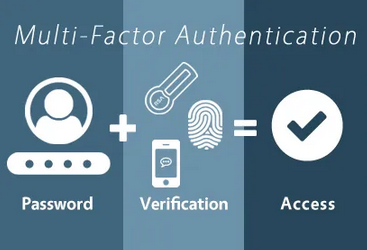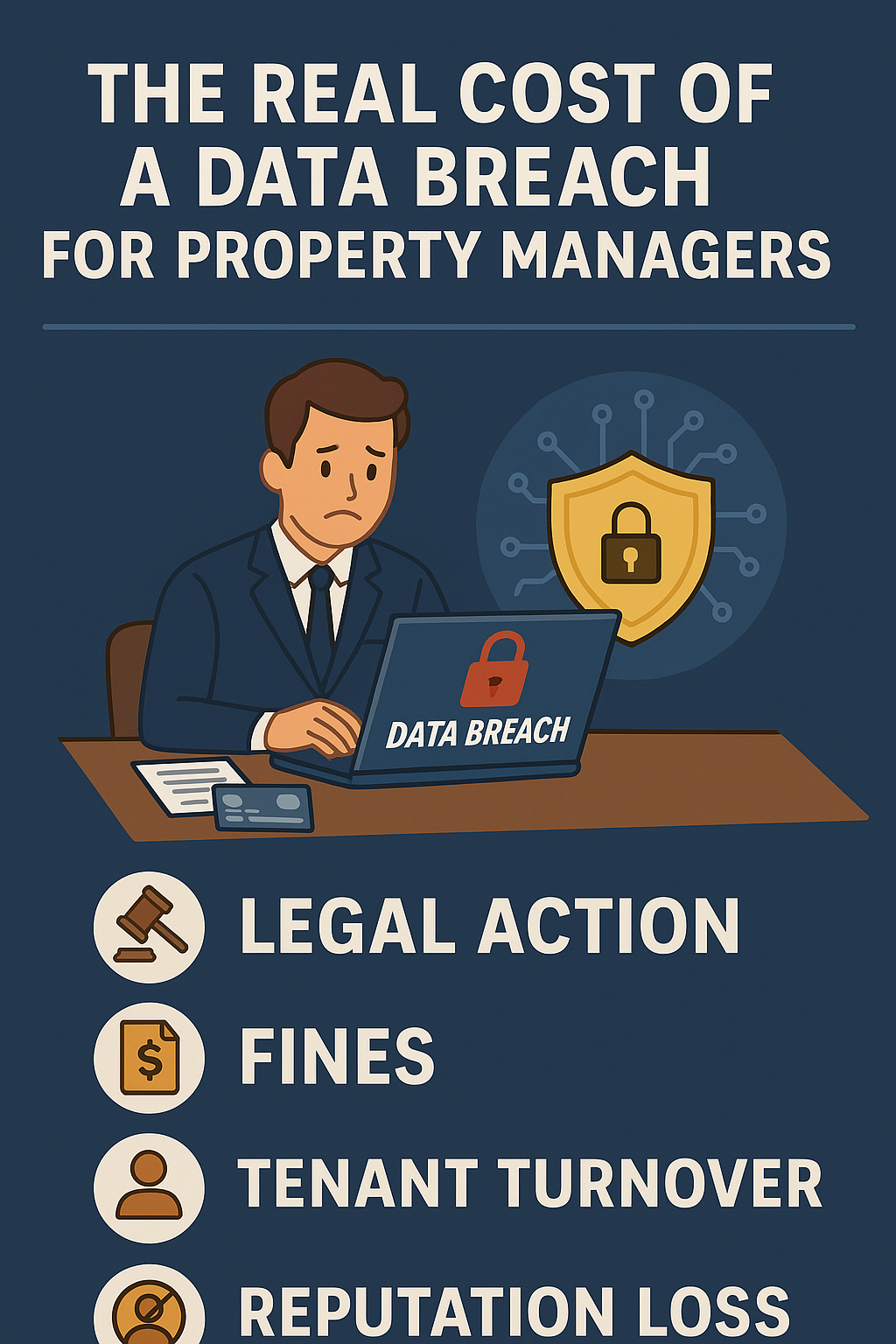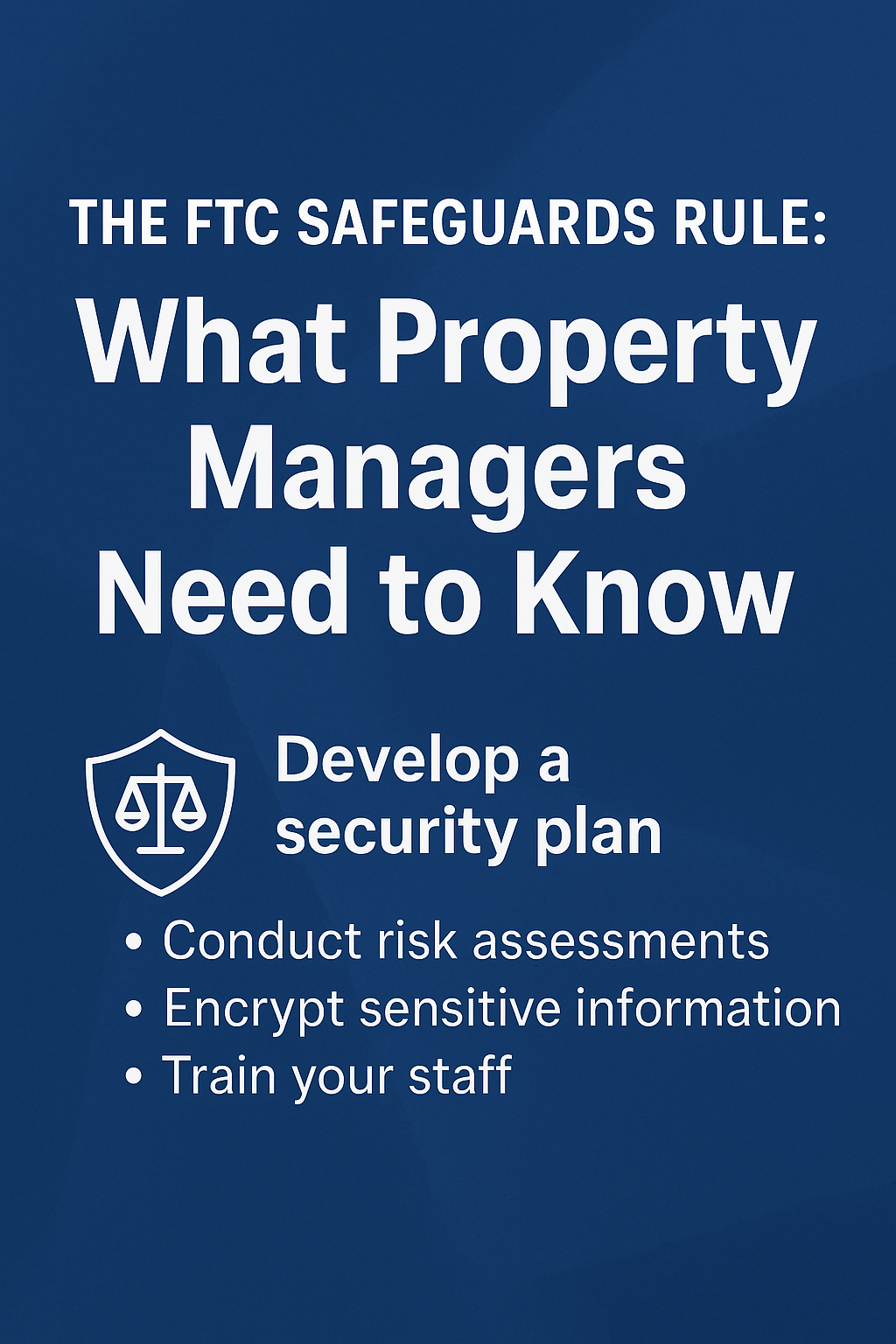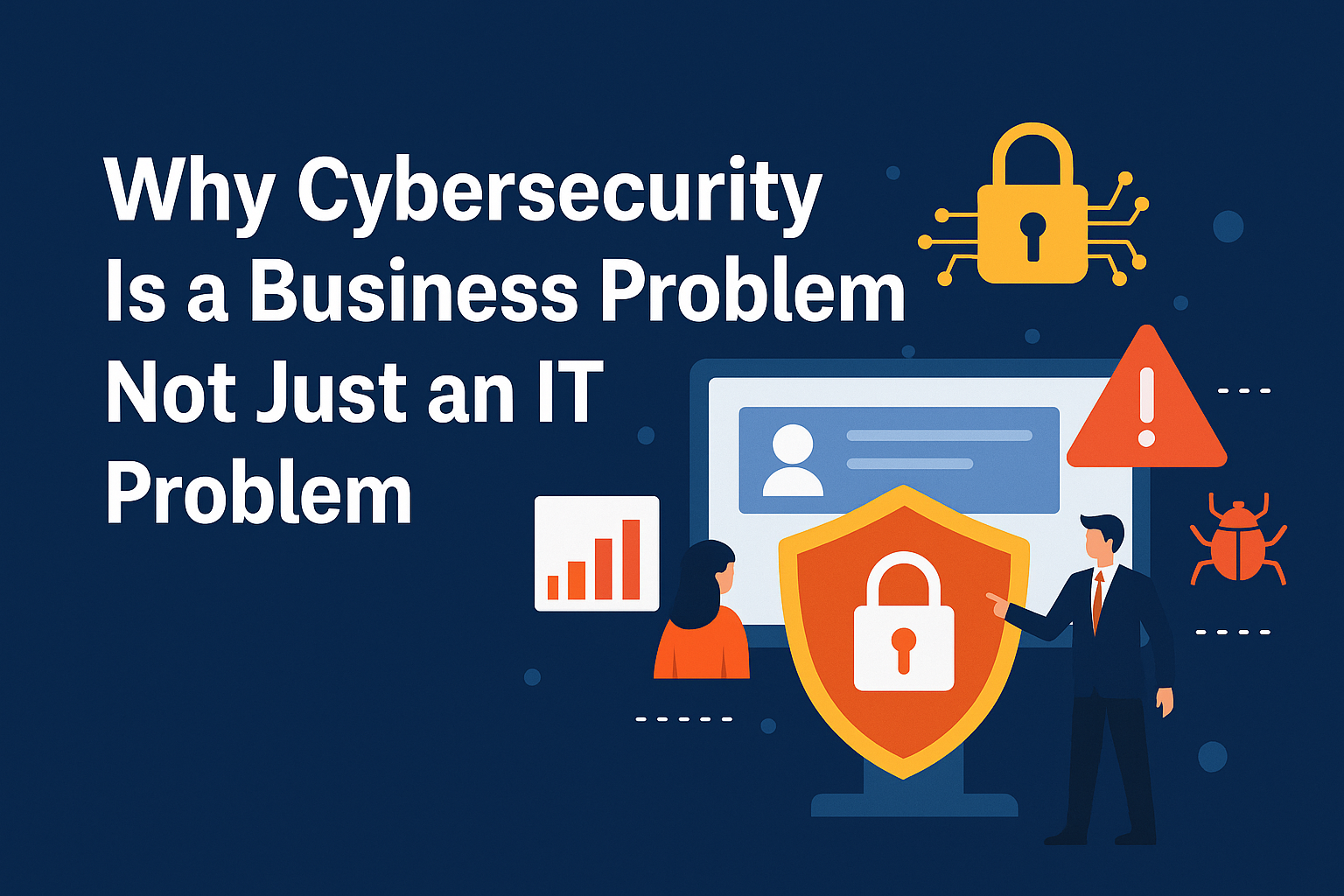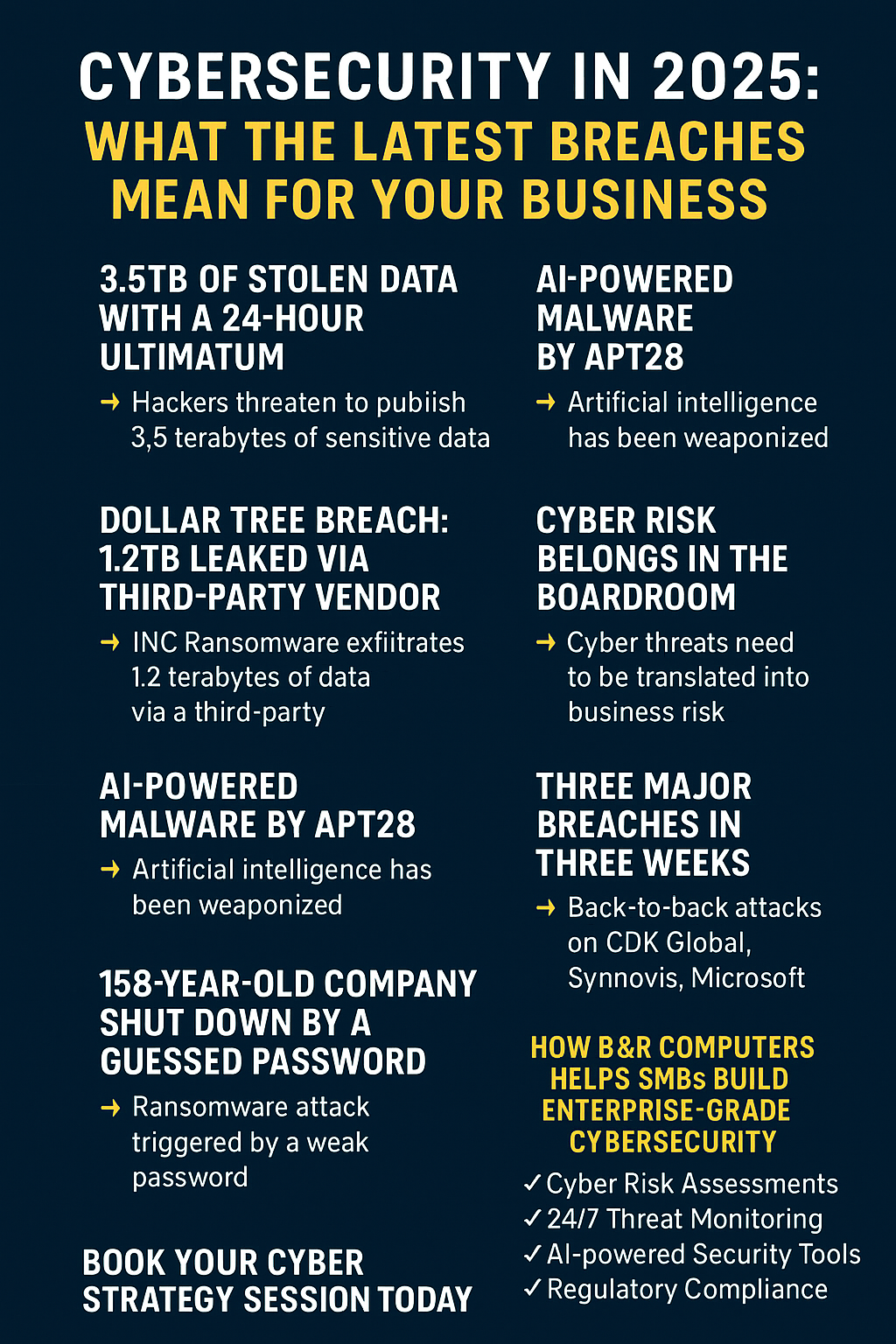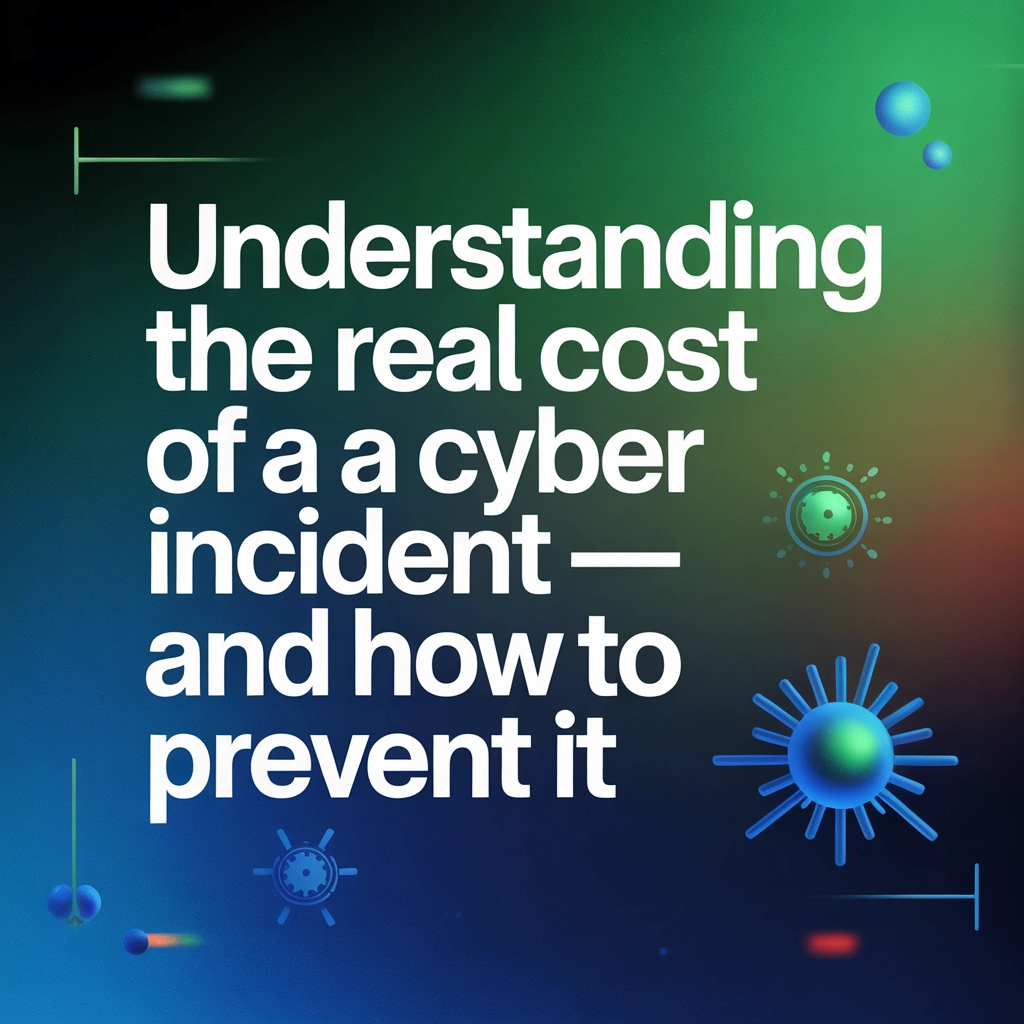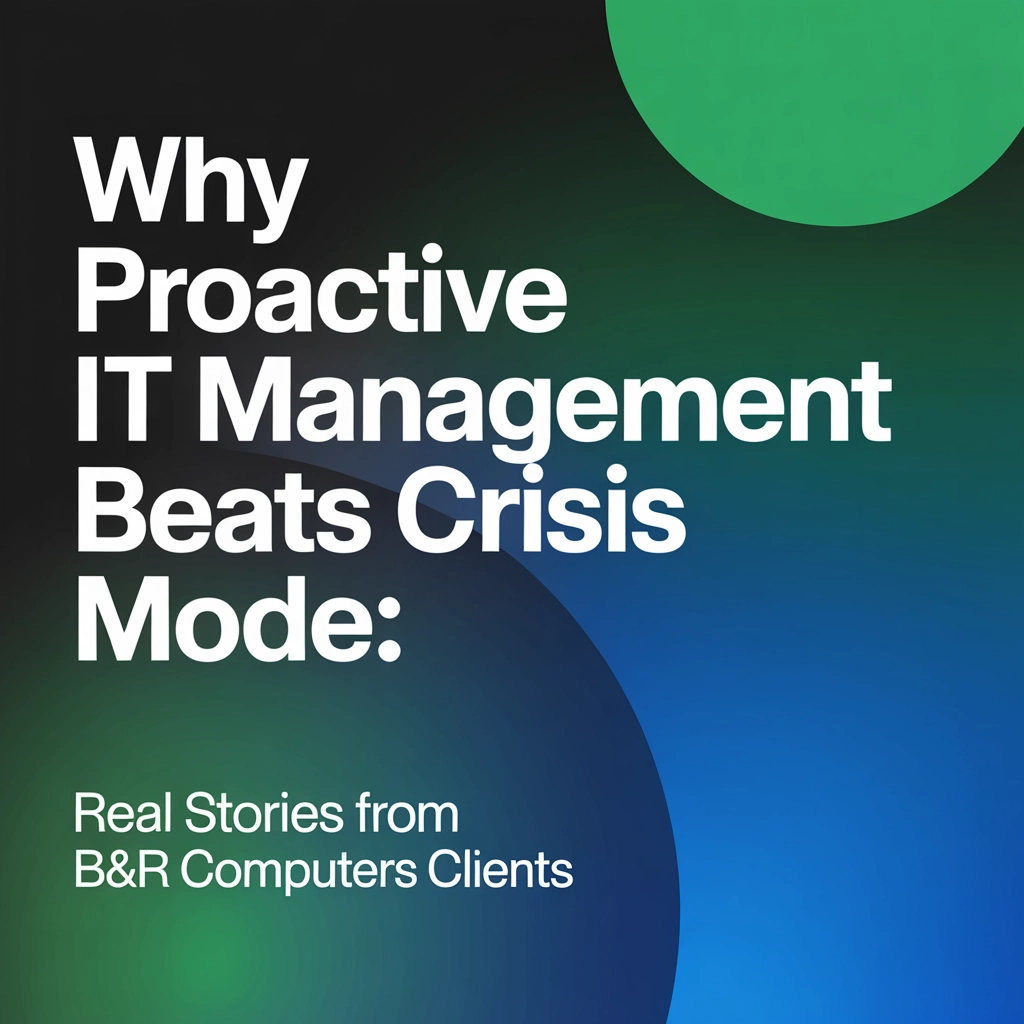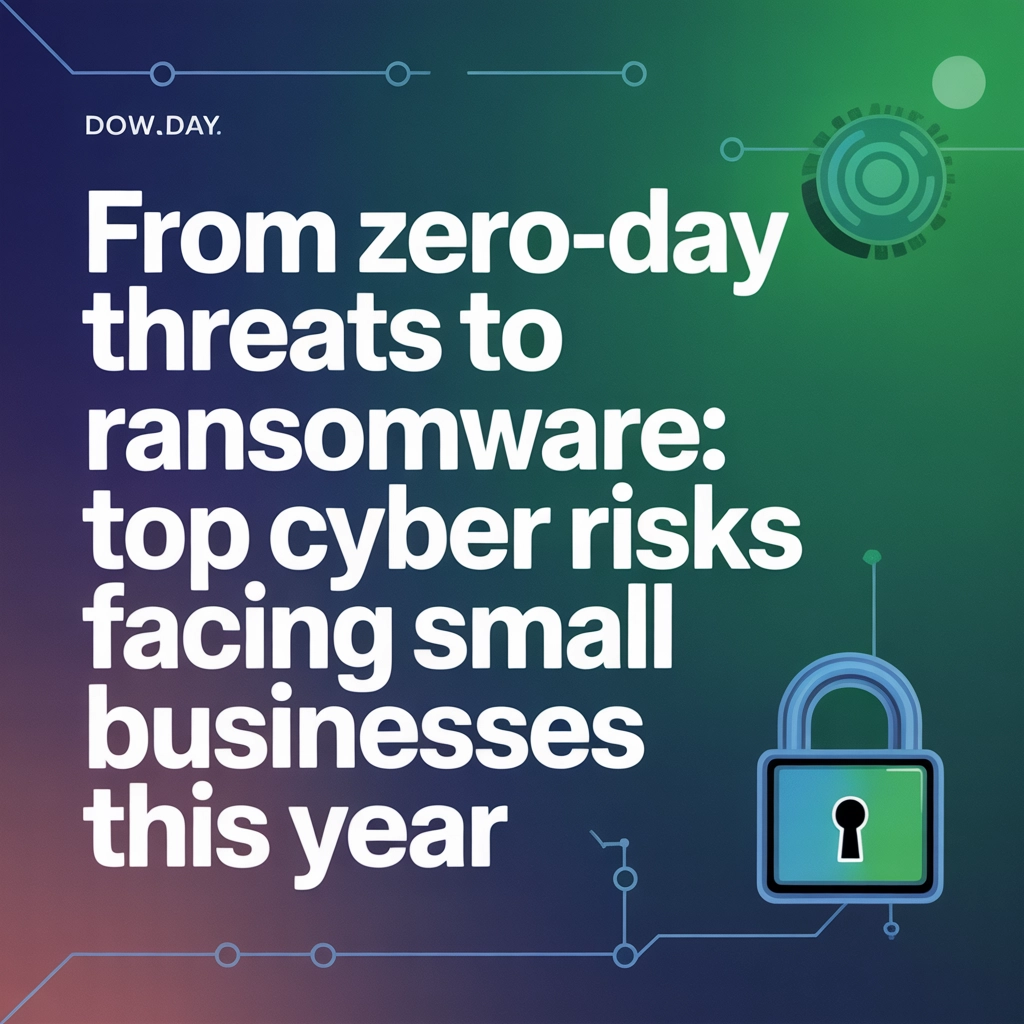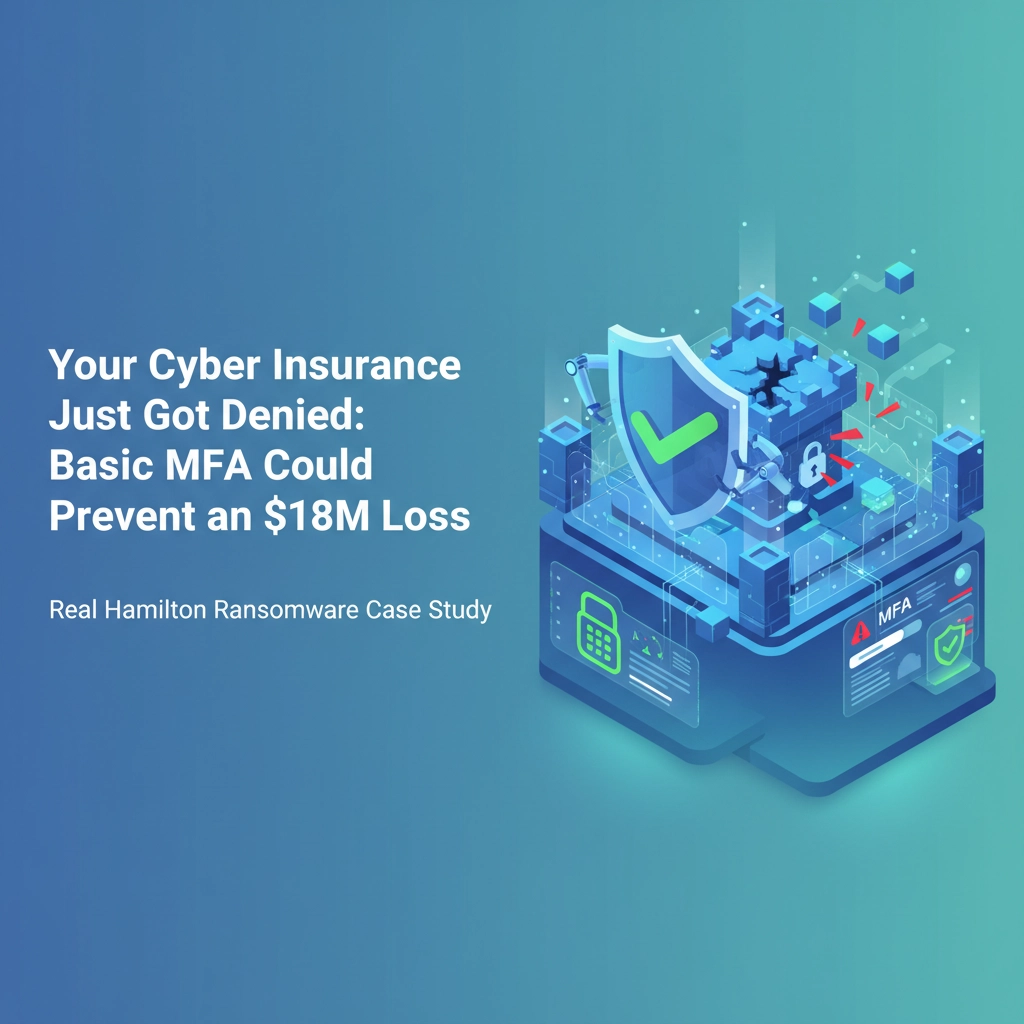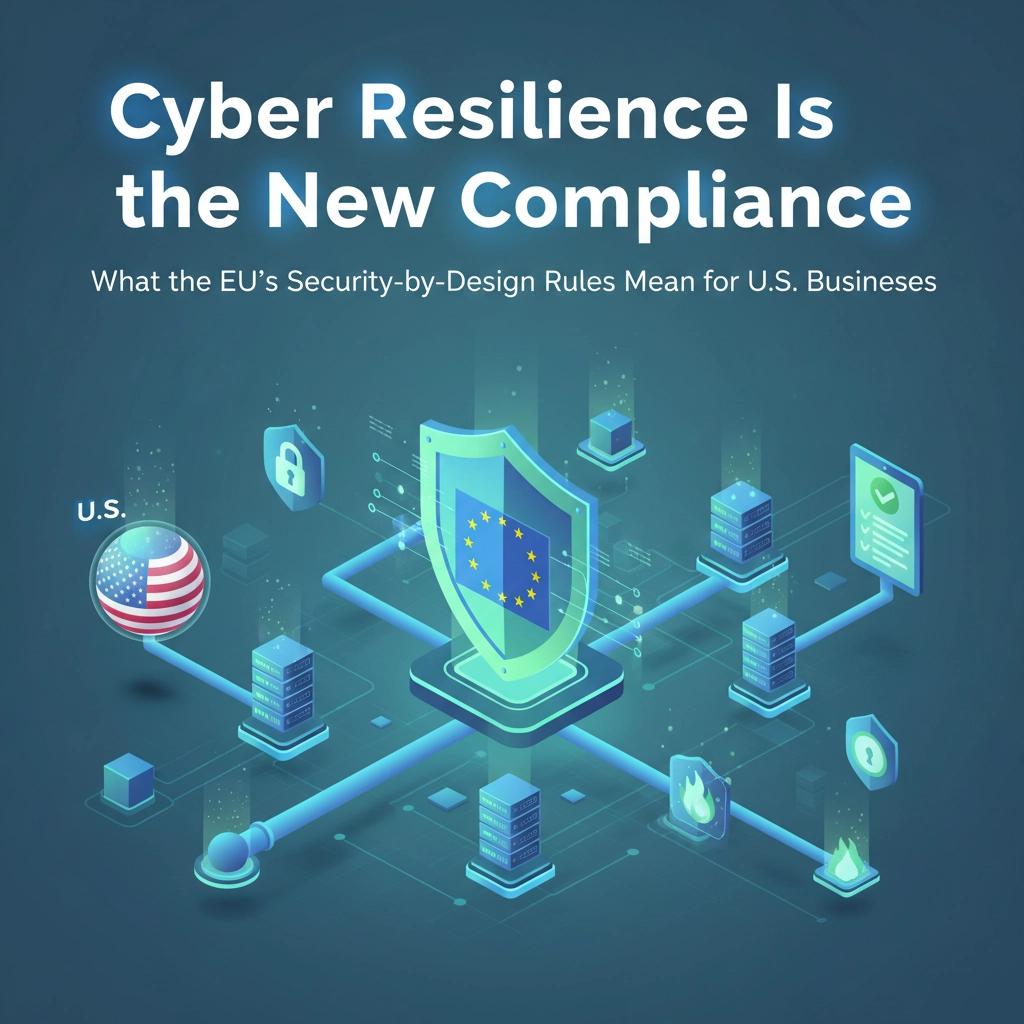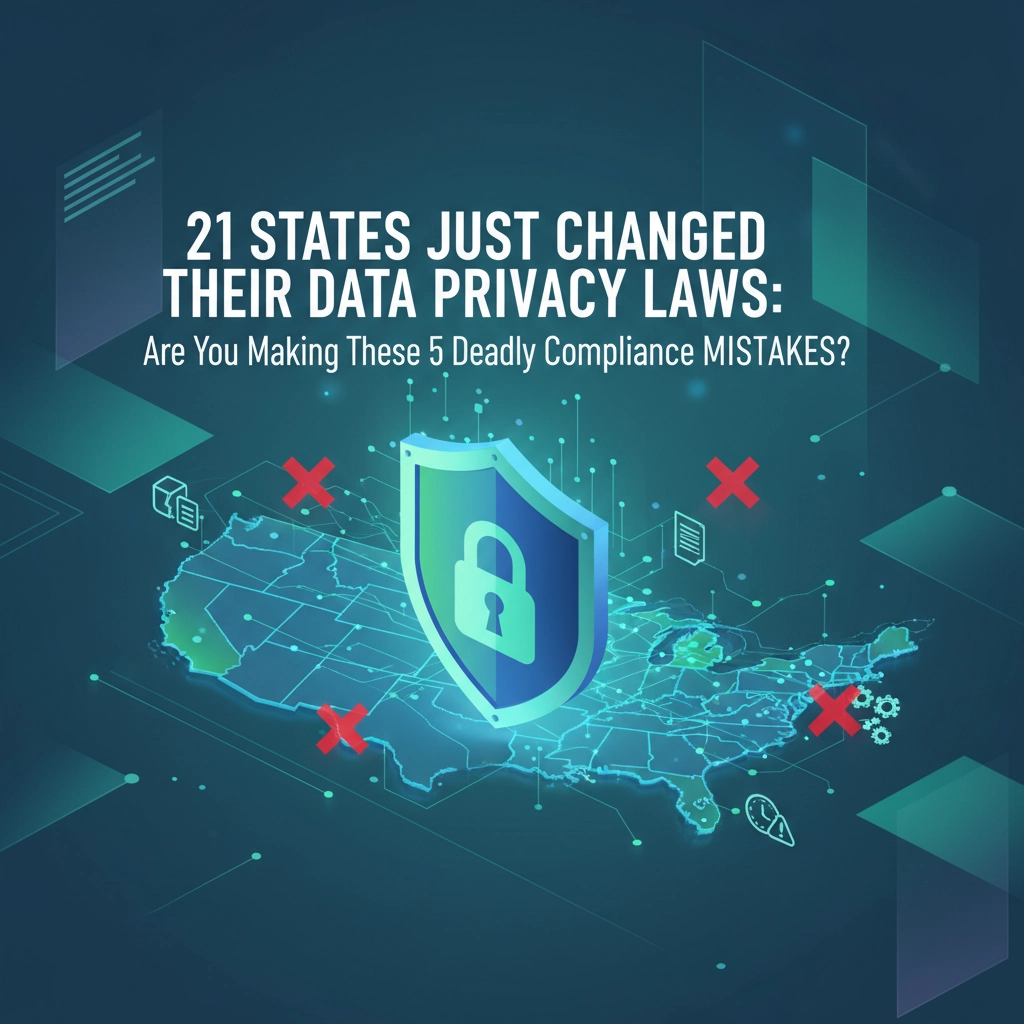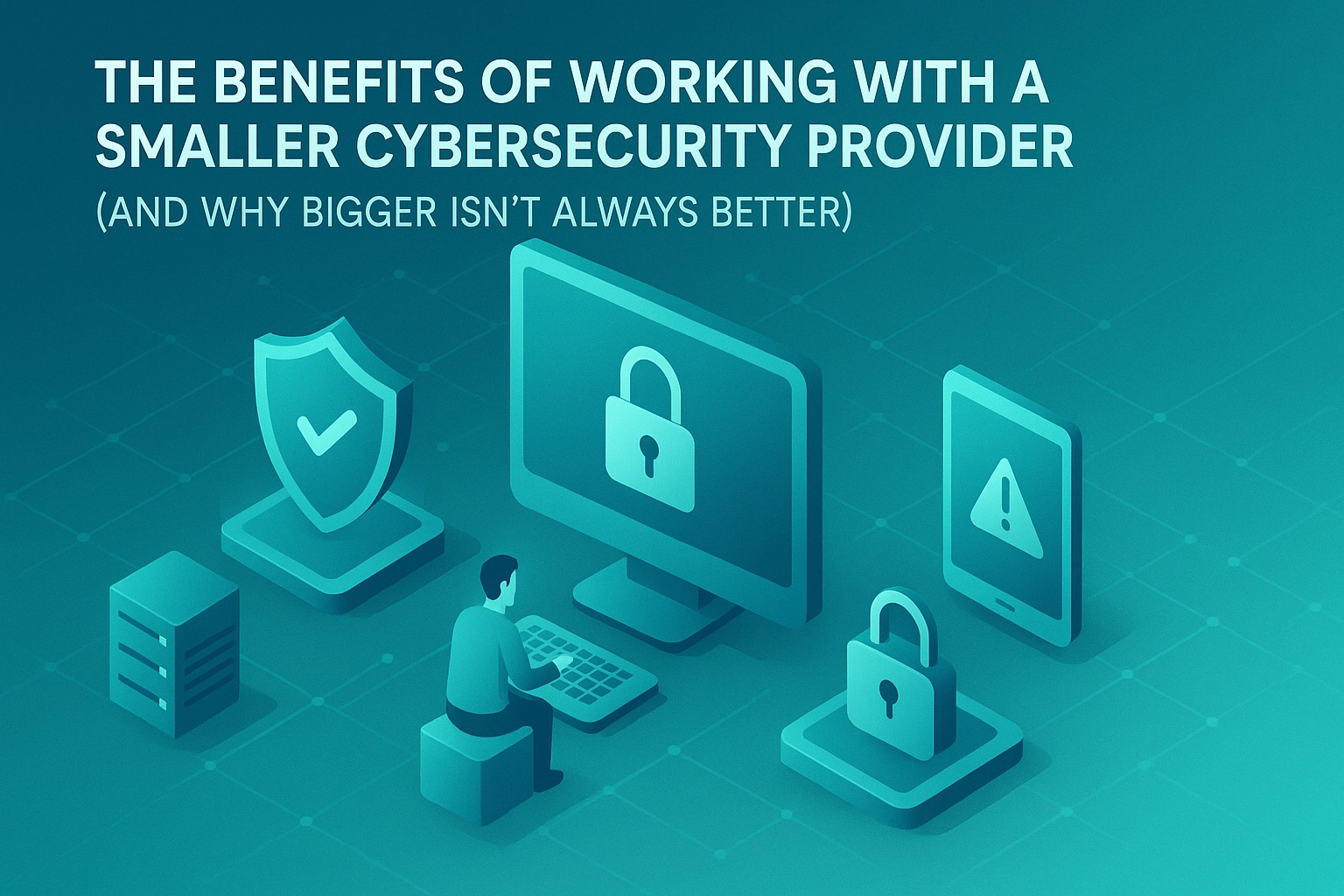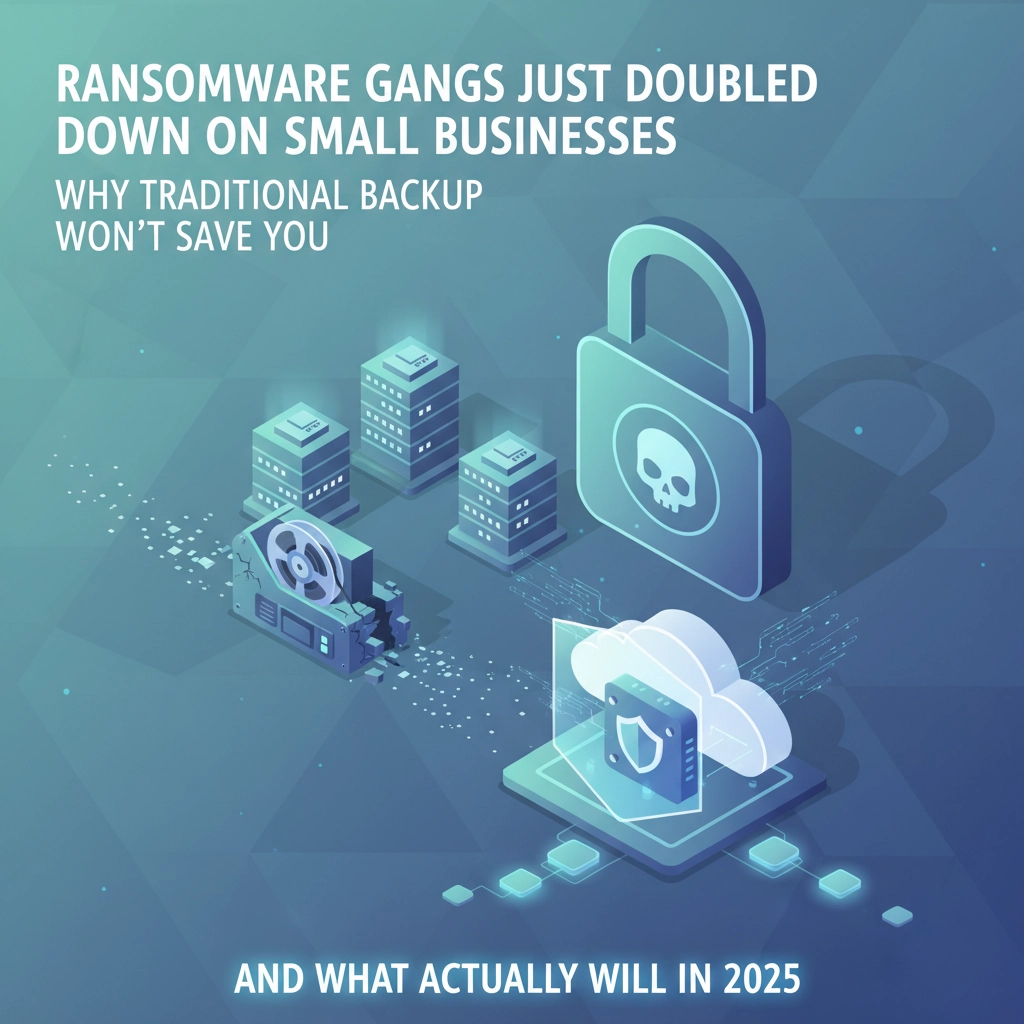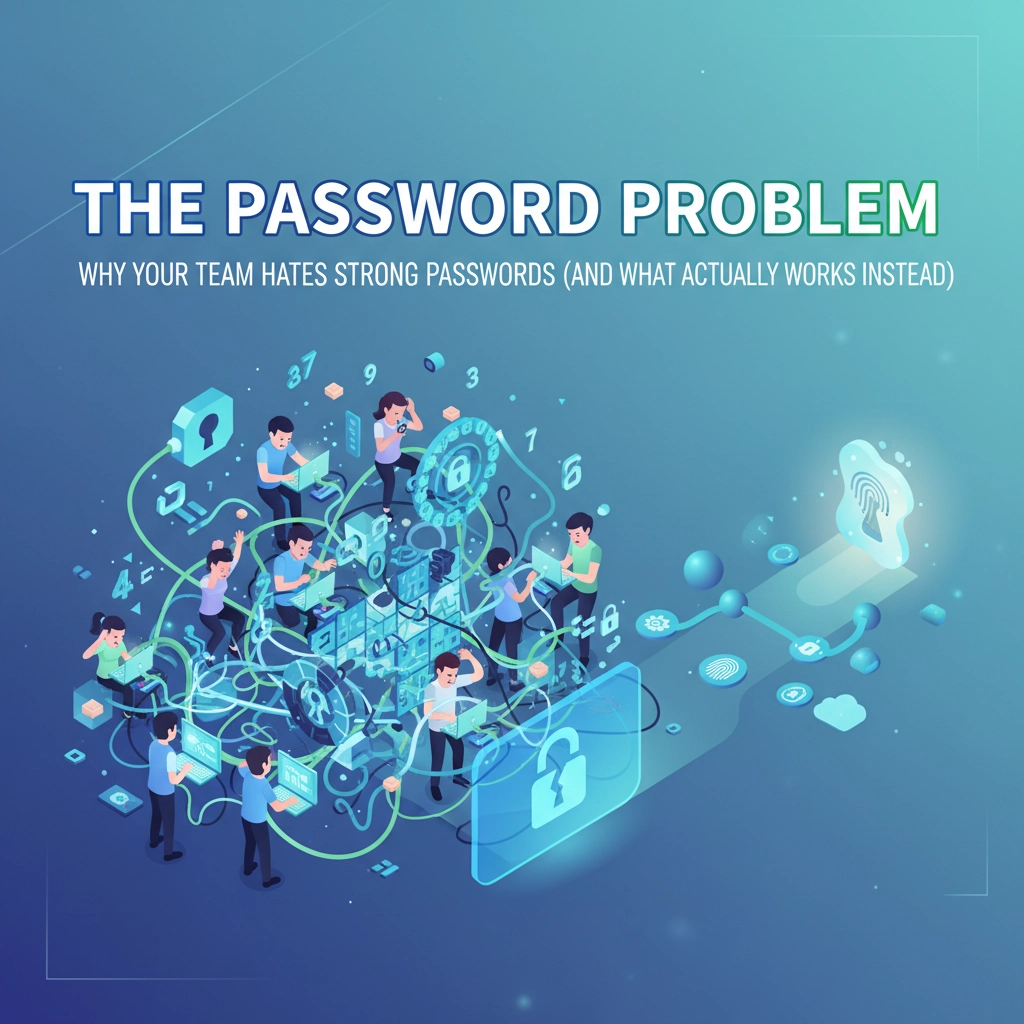Picture this: Your business just got hit with a ransomware attack. Systems are down, customers can't access your services, and you're bleeding money by the hour. You call your insurance company, confident that your cyber policy will cover the mess. Then comes the gut punch: "Sorry, but that's excluded under Section 4.2.7 of your policy."
Welcome to the world of cyber insurance surprises: where the fine print you never read becomes the difference between financial recovery and business disaster.
The Uncomfortable Truth About Cyber Insurance Policies
Here's what most business owners don't realize: every cyber insurance policy is different. Unlike car insurance where coverage is pretty standard, cyber policies vary wildly between insurers. What one company covers, another explicitly excludes. That "comprehensive" policy you bought? It might have more holes than a piece of Swiss cheese.
The average cost of a data breach hit $4.45 million in 2023, and that number keeps climbing. But here's the kicker: many businesses discover their insurance won't cover nearly as much as they thought when they're already knee-deep in crisis mode.

Why Business Owners Don't Read Their Policies (And Why That's Dangerous)
Let's be honest: insurance policies are boring. They're written in legal jargon that makes tax code look like bedtime reading. Most business owners figure they'll deal with the details "if something happens." But by then, it's too late.
The problem is that cyber incidents move fast. When hackers are actively stealing your data or your systems are encrypted with ransomware, you don't have time to play "policy detective." You need to know exactly what's covered before disaster strikes.
Think of it like this: you wouldn't wait until your house is on fire to read your homeowner's insurance policy. The same logic applies to cyber coverage.
The Most Common Policy Gaps That Bite Back
Social Engineering Exclusions: Many policies exclude losses from social engineering attacks: like when cybercriminals trick your employees into wiring money or sharing credentials. Since these attacks are skyrocketing, this exclusion can leave you completely exposed.
Ransomware Payment Limitations: Some policies cover ransom payments, others don't. Some have strict caps that might not cover today's million-dollar ransom demands. If your policy only covers $50,000 in ransom payments but hackers demand $500,000, guess who's paying the difference?
Third-Party Vendor Gaps: If your breach happens through a vendor or partner (which is incredibly common), many policies won't cover you unless the breach originated from your own systems directly.
Business Interruption Thresholds: Your systems might be down for three days, but your policy might only kick in after five days of downtime. Those first few days of lost revenue? That's on you.

Real-World Policy Surprises That Hurt
Consider these scenarios that catch business owners off guard:
The "Act of War" Exclusion: Some major cyber attacks have been classified as acts of war, triggering exclusions that void coverage entirely. The NotPetya attack in 2017 led to several high-profile court battles over this exact issue.
The "Insider Threat" Problem: Many policies exclude damage caused by employees: but what if an employee gets tricked by a phishing email? Some insurers argue that's an "insider" incident, not a cyber attack.
The "Prior Knowledge" Trap: If insurers can prove you knew about a vulnerability before getting coverage, they might deny your claim entirely. This is why security assessments and documentation matter.
Geographic Restrictions: Some policies only cover incidents that occur in certain countries or exclude coverage if data crosses certain borders.
What Your Policy Should Actually Cover (And Questions to Ask)
A solid cyber insurance policy should address these key areas:
Incident Response Costs: This includes forensic investigation, legal notification requirements, credit monitoring for affected customers, and crisis management support.
Business Interruption: Coverage for lost income when your systems are down, including extra expenses to get back online quickly.
Cyber Extortion: Protection against ransomware and other extortion attempts, including negotiation services and ransom payments (where legal).
Regulatory Penalties: Coverage for fines and penalties from regulatory bodies like state attorneys general or industry regulators.
Third-Party Liability: Protection when your breach affects customers, partners, or other third parties.

The Fine Print That Trips Up Business Owners
Insurance companies are masters of precise language. Here are the sneaky ways policy language can work against you:
"Named Perils" vs. "All Risk": Named perils policies only cover specifically listed threats. If hackers use a new attack method not explicitly named, you might not be covered. All-risk policies are generally better but cost more.
Waiting Periods: Some coverage doesn't kick in immediately. You might have a 30-day waiting period for certain types of claims.
Sublimits: Your policy might have a $2 million overall limit but only $100,000 for business interruption. Those sublimits can leave you exposed.
Deductibles: Some policies have percentage-based deductibles rather than flat amounts. A 10% deductible on a $1 million policy means you pay the first $100,000 out of pocket.
How to Properly Review Your Cyber Insurance Policy
Step 1: Get a Plain English Summary: Ask your insurance broker to explain your coverage in simple terms. If they can't explain it clearly, find a new broker.
Step 2: Run Scenario Planning: Go through realistic breach scenarios with your team. Walk through exactly what would be covered and what wouldn't.
Step 3: Compare Against Your Risk Assessment: Make sure your coverage aligns with your actual business risks. If you process credit cards, ensure PCI compliance issues are covered.
Step 4: Review Annually: Cyber threats evolve constantly. Your coverage should evolve too. That policy that was perfect two years ago might have critical gaps today.

The Cost of Getting It Wrong
Here's what happens when you don't understand your policy: Your breach response costs $800,000, but your policy only covers $300,000 because you didn't realize the sublimits. Your business is down for a week, costing $200,000 in lost revenue, but your policy has a 72-hour waiting period. The hackers got in through a vendor, but that's excluded under your policy's "third-party" exclusion.
Suddenly, your "comprehensive" cyber insurance has left you holding a $700,000 bill. That's not insurance: that's expensive false confidence.
Why Professional Policy Review Matters
Cyber insurance isn't just about having coverage: it's about having the right coverage for your specific business and threat environment. The cyber landscape changes constantly, with new attack methods, regulations, and coverage options emerging regularly.
A proper policy review should align your coverage with your current IT infrastructure, business model, regulatory requirements, and threat profile. It should identify gaps before they become expensive problems and ensure you understand exactly what protection you're paying for.
Take Action Before It's Too Late
Don't wait for a breach to discover your policy gaps. The time to understand your cyber insurance coverage is now: before you need it.
Ready to get clarity on your cyber insurance coverage? Contact B&R Computers today for a comprehensive policy review. Our cybersecurity experts will analyze your current coverage, identify potential gaps, and provide recommendations based on today's threat environment. We'll help you understand exactly what you're protected against: and what you're not: so there are no surprises when a breach hits.
Reach out to B&R Computers for your policy review and get the peace of mind that comes from truly understanding your cyber insurance protection.





